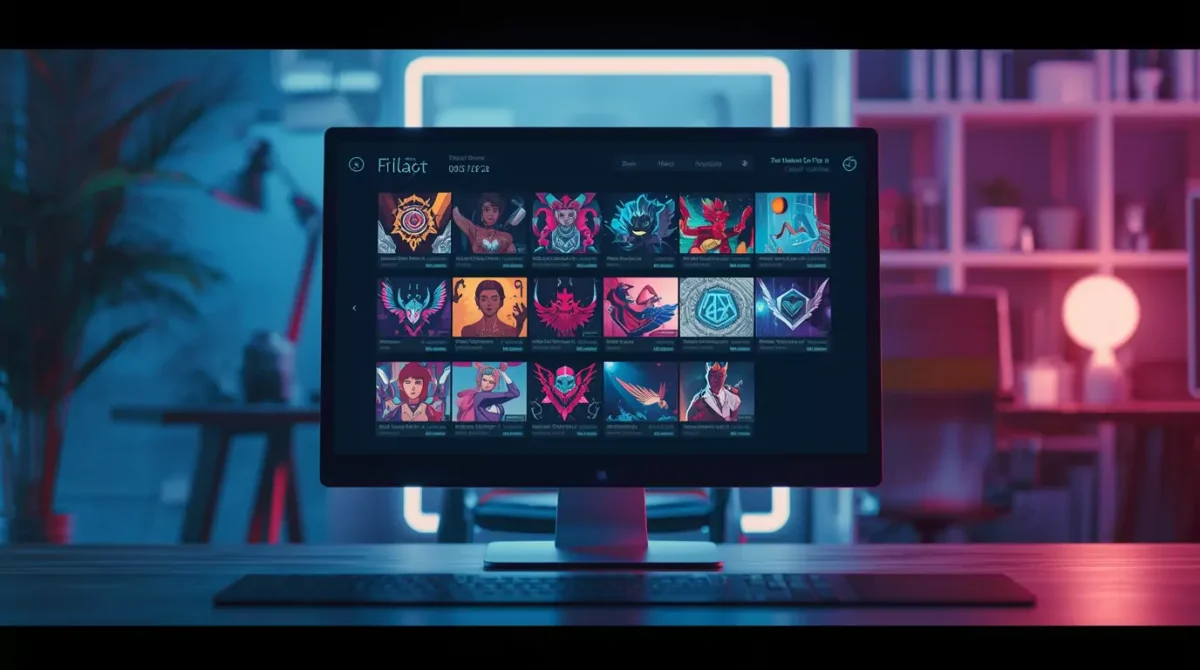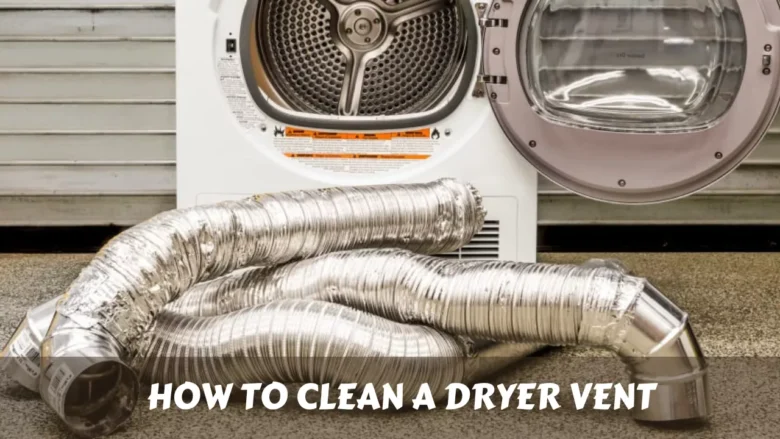Your NFT collection is a hot mess.
You’ve got 200+ digital assets scattered across different wallets.
Some are worth $50. Others could be worth $5,000.

But you can’t tell which is which because everything looks like digital soup.
I get it.
I’ve been there.
Staring at my MetaMask wallet wondering why I bought that pixelated monkey for 0.3 ETH.
The good news?
There’s a simple way to organize your digital NFT collection using blockchain metadata categorization.
And I’m going to show you exactly how.
Jump to
ToggleWhy Most People Fail at NFT Organization
Here’s the truth nobody talks about.
Most collectors treat their NFTs like baseball cards in a shoebox.
They buy.
They forget.
They wonder why their portfolio looks like a garage sale.
The problem isn’t the NFTs.
It’s the lack of system.
Without proper cryptocurrency asset management, you’re flying blind.
The Blockchain Metadata Method
Think of blockchain metadata like a digital fingerprint.
Every NFT has data baked into it.
- Collection name
- Token ID
- Rarity traits
- Creation date
- Creator information
- Transaction history
This data is your organizing goldmine.
But most people ignore it.
Big mistake.
Step 1: Audit Your Current Collection
Before you organize anything, you need to know what you have.
Here’s my simple audit process:
Connect all your wallets to a portfolio tracker
I use OpenSea’s collection manager.
But Moralis and Alchemy also work.
Export your NFT list
Most platforms let you download a CSV file.
This becomes your master inventory.
Note the obvious categories
- Art pieces
- Gaming assets
- Profile pictures (PFPs)
- Utility tokens
- Domain names
Don’t overthink this part.
Just get everything on paper.
Step 2: Use Metadata for Smart Categorization
Here’s where the magic happens.
Instead of organizing by “what looks cool,” use the actual blockchain data.
Sort by collection
Group all your Bored Apes together.
All your CryptoPunks together.
All your Azukis together.
Then sort by rarity within collections
Most NFT platforms show rarity rankings.
Use them.
Put rare pieces in a “High Value” folder.
Common pieces in “Long Term Hold.”
Create trait-based subcategories
Let’s say you have 10 Bored Apes.
Some have gold fur.
Some have laser eyes.
Some have both.
Create folders like:
- BAYC – Gold Fur
- BAYC – Laser Eyes
- BAYC – Multi-trait Rare
This makes it stupid easy to spot valuable combinations.
Step 3: Set Up Your Digital Filing System
I organize everything in three main buckets:
Portfolio Performers
These are my money makers.
Assets that gained 50%+ in value.
I check these weekly.
Speculation Plays
Medium-risk, medium-reward assets.
Could 2x or could go to zero.
I review monthly.
Long Term Holds
Blue chip collections I’m not selling.
CryptoPunks, BAYC, Art Blocks.
I check these quarterly.
The Tools That Actually Work
For tracking:
- OpenSea (free, basic tracking)
- NFTBank (paid, advanced analytics)
- Messari (free, good for research)
For organization:
- Google Sheets (old school but reliable)
- Notion (if you like fancy databases)
- Airtable (middle ground option)
For metadata analysis:
- Rarity.tools (trait rarity)
- NFTGo (comprehensive data)
- DappRadar (market trends)
Don’t use all of them.
Pick one from each category and stick with it.
Common Organization Mistakes to Avoid
Mistake #1: Organizing by purchase price
Your $1,000 NFT might be worth $100 now.
Your $50 NFT might be worth $500.
Organize by current value and potential, not what you paid.
Mistake #2: Ignoring utility tokens
Gaming NFTs and utility tokens often have hidden value.
Don’t dump them in a “misc” folder.
Create dedicated categories.
Mistake #3: Not updating regularly
NFT markets move fast.
Update your organization monthly.
Or you’ll miss opportunities.
Advanced Metadata Categorization Techniques
Once you nail the basics, try these:
Creator clustering
Group NFTs by the same artist or team.
Artists who create one valuable collection often create more.
Blockchain segmentation
Separate Ethereum NFTs from Solana, Polygon, etc.
Different chains have different market dynamics.
Utility mapping
Mark which NFTs give you:
- Discord access
- Game advantages
- Staking rewards
- Physical item claims
This helps you maximize utility.
Building Your Personal NFT Database
Here’s my exact spreadsheet setup:
| NFT Name | Collection | Blockchain | Purchase Price | Current Floor | Rarity Rank | Category | Notes |
Simple.
But powerful.
I update it monthly and it’s saved me from selling gems too early.
The Psychology of NFT Organization
Here’s what nobody tells you.
Organization isn’t just about efficiency.
It’s about psychology.
When your collection is organized, you make better decisions.
You spot trends faster.
You hold winners longer.
You dump losers quicker.
Chaos breeds bad choices.
Systems breed profits.
What This Looks Like in Practice
Let me paint you a picture.
Last month, I noticed all my “Gaming – Utility” NFTs were pumping.
Because I had them organized properly, I could see the pattern.
I doubled down on gaming assets.
Made 40% gains in two weeks.
Without organization?
I would have missed it completely.
Setting Up Automated Tracking
Manual tracking sucks.
Set up alerts instead.
Price alerts Get notified when floor prices move 20%+.
New listing alerts
Know when rare traits hit the market.
Volume surge alerts Spot collections gaining momentum early.
Most portfolio trackers offer these features.
Use them.
The 5-Minute Daily Review
Every morning, I spend 5 minutes reviewing:
- Top gainers in my portfolio
- Collections with unusual volume
- Any new metadata updates
That’s it.
5 minutes keeps me informed without obsessing.
Future-Proofing Your System
NFTs are evolving fast.
Dynamic NFTs change their metadata.
Fractionalized NFTs split ownership.
Programmable NFTs have built-in logic.
Your organization system needs to handle this.
Build flexibility into your categories.
Don’t make them too rigid.
Common Questions About NFT Organization
Should I organize by blockchain or by project type?
Start with project type.
Then subdivide by blockchain if needed.
Most people own NFTs from 2-3 chains max.
How often should I reorganize my collection?
Monthly for active traders.
Quarterly for long-term holders.
What if I have thousands of NFTs?
Use automated tools.
Manual organization breaks down after 500+ assets.
Should I sell NFTs that don’t fit my organization system?
Only if they don’t fit your investment thesis.
Don’t sell just because they’re hard to categorize.
How do I handle NFTs with multiple use cases?
Put them in the category that represents their primary value.
Note secondary uses in your spreadsheet.
The Bottom Line on Digital Asset Management
Most NFT collectors are digital hoarders.
They buy without thinking.
Store without organizing.
Sell without analyzing.
Don’t be most collectors.
Use blockchain metadata categorization to turn chaos into clarity.
Your future self will thank you.
And your portfolio will show it.
Remember: how to organize digital NFT collection using blockchain metadata categorization isn’t just about being neat.
It’s about being profitable.





